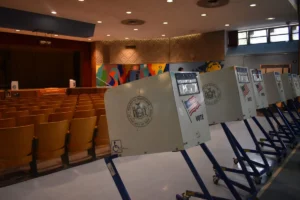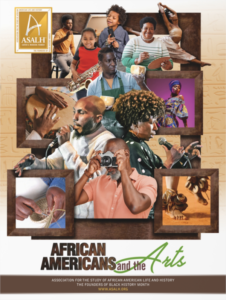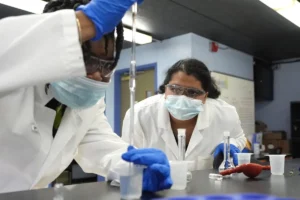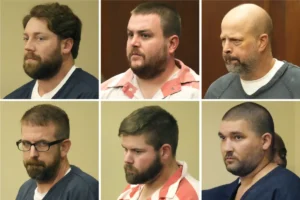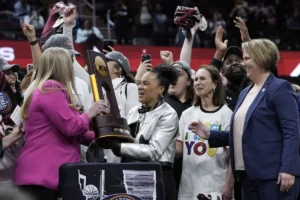Freed Slaves – Melbourne’s Founders, Three Black Men “Crane Creek”
6 min read
by Teri Jones
Brevard – I t’s not often we resurrect a previously shared story of historical significance. However, we chose to revisit the legacy of the three black founders of Melbourne, because their history is worthy of clarity, comprehension and consistency. This story serves as an extension of the story published in February 2016 titled, “Former Slaves, Founders of Melbourne”. The author is excited to share this rendition, because there are additional photos, as well as the additional details on the lives of Peter Wright, Wright Brothers and Balaam Allen and their family members which were discovered through extensive research.
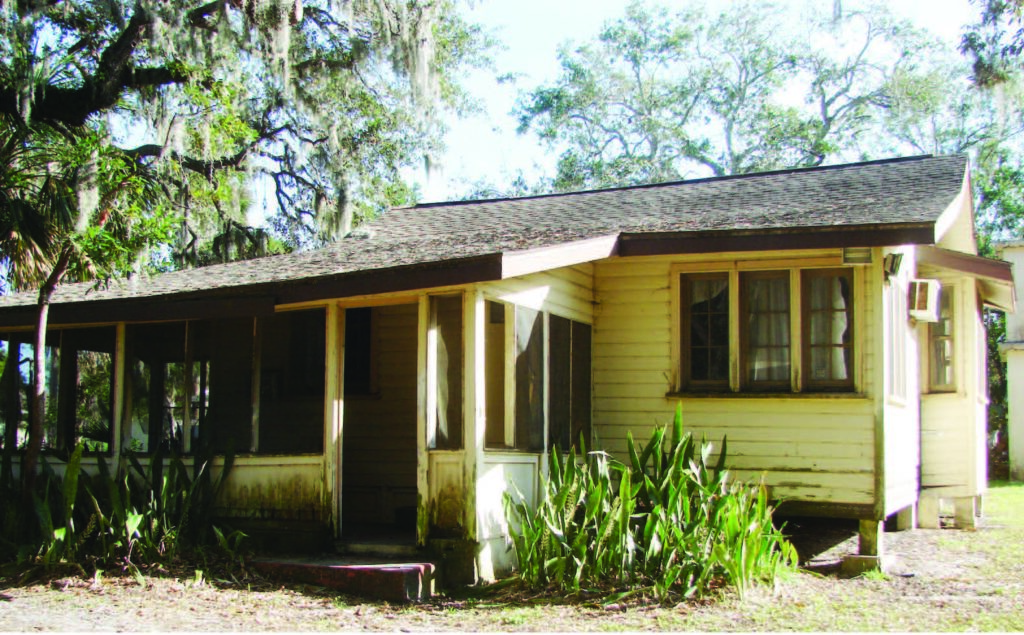
Peter Wright – Peter Wright was fondly known as the sailing mailman or Captain Wright. He was released from the life of slavery after the end of the Civil War. As a freedman in 1867, Peter Wright sailed from Quitman, Georgia with his former owner to Crane Creek (Melbourne today), and with the help of his former owner was able to homestead 160 acres of prime Melbourne property before his former owner returned to Georgia, leaving Peter Wright to start his new life in the marshy, swamp lands of Florida. However, Peter did not sail alone with his former slave owner. He also sailed to Florida with his brother, Richard (known by many as Dick) Wright. Richard also became a mail carrier, but there is no oral or written history attributing him with the type of notoriety gained by his brother. Peter carried mailed from Titusville to St. Lucie County, twice weekly and Dick carried mail from New Smyrna to Titusville. Peter’s sail boat was named “Mist” and Dick’s sail boat was named “Nelly”. Peter acquired his sailboat by trading land from an Australian man named John Hector. John Hector was the first postmaster of Melbourne and was happy to gain not only land from Peter Wright, but he also gained the reliability, honesty and friendship of a hardworking man. Peter Wright had the reputation as a shrewd, literate, sharp and dependable trade’s man and farmer. Not only did he homestead, but he also purchased land on the beachside and later in life, he also purchased land in Cocoa. His first home was at the top of the River Bluff at the north end of Front Street. In 1878 he and his wife Leah built a two-story home on the south side of Crane Creek. On his property he planted one of the earliest orange groves, along with other citrus tropical fruit such as pineapples and bananas. By 1885 he had sold all of his property in Melbourne and moved to Rockledge to farm citrus groves and later moved to Cocoa where he owned a livery stock. Oral history tells us that Peter Wright had a son, Peter Wright Jr. Peter Wright Jr. had a son (name unknown at this writing), but his son had a son named Ulysses Wright. Ulysses Wright was born in Cocoa, 1924 and is the great-grandson of Peter Wright. He shared that his grandfather, Peter Wright Jr., was killed by a gun that accidently discharged at his store in Rockledge. Ulysses also shared that his father travelled constantly and worked out-of-county, leaving him to be raised by his mother and grandmother. “It was one Sunday afternoon, and I was reading the paper when I saw an article stating that there was a dedication ceremony in Melbourne in honor of my great-grandfather which was being held as I read the paper. I put down the paper and dashed to Melbourne. I got there just in time to be included in some of the pictures. And that’s how I learned about the historical marker that was dedicated to my great-grandfather,” exclaimed Ulysses. The Historical Marker dedication ceremony was in 1991 by Melbourne’s Mayor Joe Mullins on the bank of Indian River, Melbourne, FL. Peter Wright passed in 1925 after twenty years in the livery stock business. He is buried today at Hilltop Cemetery in Cocoa, FL on the north side, which is the side known as the black cemetery.

Wright Brothers – Historically he is known as Wright Brothers, although his headstone reads William W. Brothers. Most likely his middle name was the name he commonly used in everyday transactions. Wright Brothers was born in 1845 in Alabama, Florida or West Virginia, depending on what Census you choose to believe. However, what is accurate is that he sailed to Crane Creek around 1880 and worked hard to make his fortune for him and his wife Mary Silas Brothers. He was deeded 7.5 acres of property and worked diligently farming him citrus groves, while also working in the pineapple fields on the barrier island. As his wealth grew, later in life he owned and operated a grocery store on Lipscomb Street. Wright and Mary Brothers are recorded as having the first black child born in Melbourne named William Rufus Brothers. Although recorded data indicates that William Rufus Brothers was born in 1882, his grave marker reads 1883. Much of Wright Brothers history is featured around his son, William Rufus. William Rufus was the first black child to attend the same school where white children also attended. However, in keeping with segregation, the white children attended the little red schoolhouse in the day, and the black children attended the little red schoolhouse in the afternoon. This same little red schoolhouse is today a historical landmark at Florida Institute of Technology, Melbourne, FL. In 1909 a one-room schoolhouse was constructed for black children at the corner of Jackson (formerly Line Street) and Lipscomb streets. When black students out grew their one-room schoolhouse, Melbourne Vocational School was built in the same location where Brothers Park is today. It was the fire of 1953 that dislocated black students for five years. In 1958, Stone Middle School was erected on Mr. Stone’s donated property. William Rufus Brothers later married Estelle Stone, and they had three children; John Brothers, William Rufus Brothers Jr., and Elizabeth. According to John Brothers, the grandson of Wright Brothers, “It was one evening in the home of Wright Brothers at their dining room table that Wright and Mary Silas Brothers, Balaam and Salina Allen, and Carrie and Robert Lipscomb made plans to establish the first black church in Melbourne; Greater Allen AME Chapel. “ The first chapel was built on the north end of Lipscomb Street in 1885 and in 1964 a new church was built at 2416 S. Lipscomb Street.
Balaam Allen – There is little recorded or oral history available that captures the lives of Balaam and Salina Allen after their arrival to Crane Creek. Like Peter Wright and Wright Brothers, he was freed from slavery upon the cessation of the Civil War. We know they were good friends with Peter Wright and Wright Brothers. We also know that they were in the home of Wright Brothers and sitting at the dining room table when the decision was made to establish the first black church in Melbourne, Greater Allen AME Chapel. Beyond that, more research is required. Readers of this publication are encouraged to provide information and photos of these three historical men and their families, so we can properly document with accuracy. Any and all input will be handled with the utmost sensitivity and regard to family members living and deceased. If you have additional information on Melbourne’s black founders, please contact Teri Jones at tmack8873@gmail.com.


